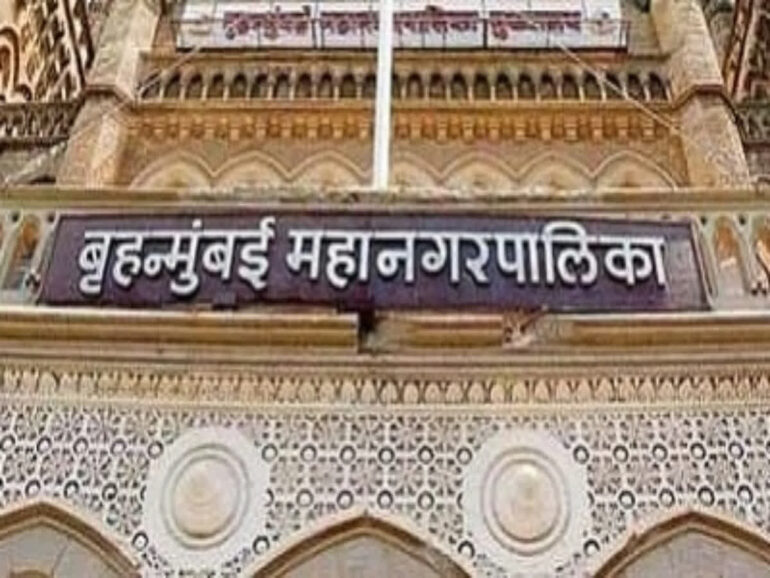The Brihanmumbai Municipal Corporation (BMC) has constituted a committee of seven members to address the rise in air pollution and the declining AQI in Mumbai.
The financial capital of India is feeling the impact of climate change with increased heatwaves, dust storms, unseasonal rains, declining AQI, and air pollution in the last few months.
According to media reports, more than 5,000 projects related to various infrastructure and real estate works are underway in Mumbai. These are the primary contributors to air pollution, noted Iqbal Singh Chahal, Municipal Commissioner & Administrator, BMC, who announced the new committee during an emergency meeting of stakeholders on Sunday afternoon. The committee will submit a preliminary report this week or early next week.
Basis the submission, the BMC will develop standard operating procedures (SOPs)—in line with the Central Pollution Control Board (CPCB) framework. As a first step, builders and contractors will have to adhere to dust control measures starting April 1. Two, ward-level committees comprising flying squads will monitor the construction sites.
The committee headed by Dr Sanjeev Kumar, Additional Municipal Commissioner, comprises Atul Patil, Deputy Municipal Commissioner (DMC) (Environment); Ulhas Mahale, DMC (Infrastructure); Chanda Jadhav, DMC (Solid Waste Management); Sunil Rathod, Chief Engineer (Development Planning), Satish Gite, Representative, from the commissioner’s office, and a nominated member from the Maharashtra Pollution Control Board (MPCB).

